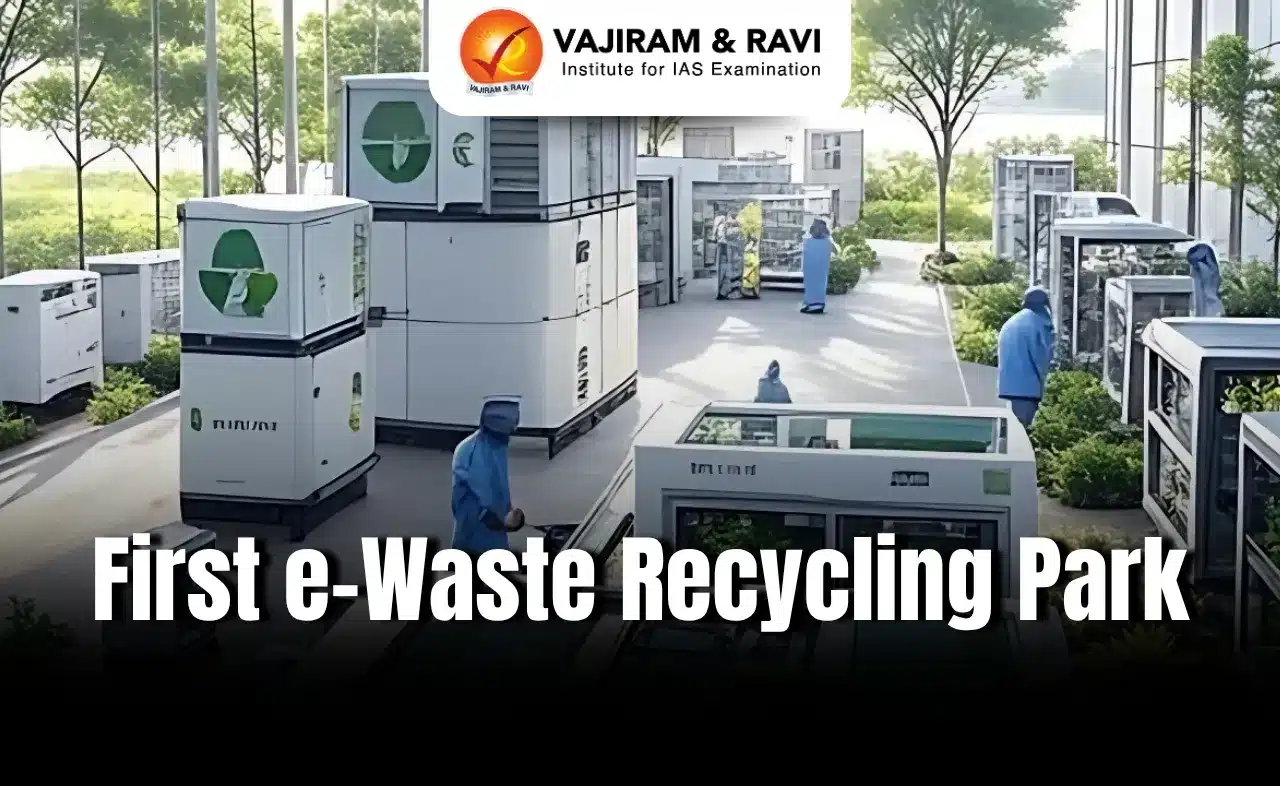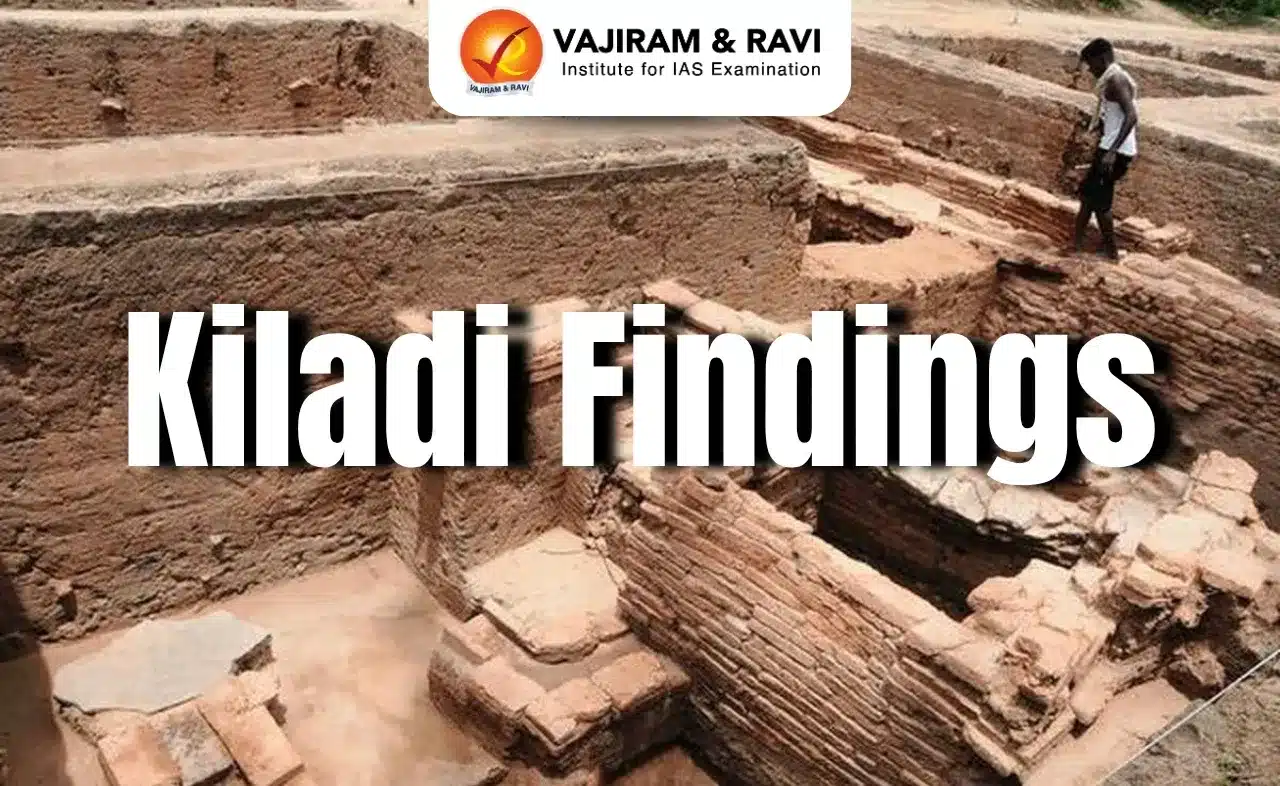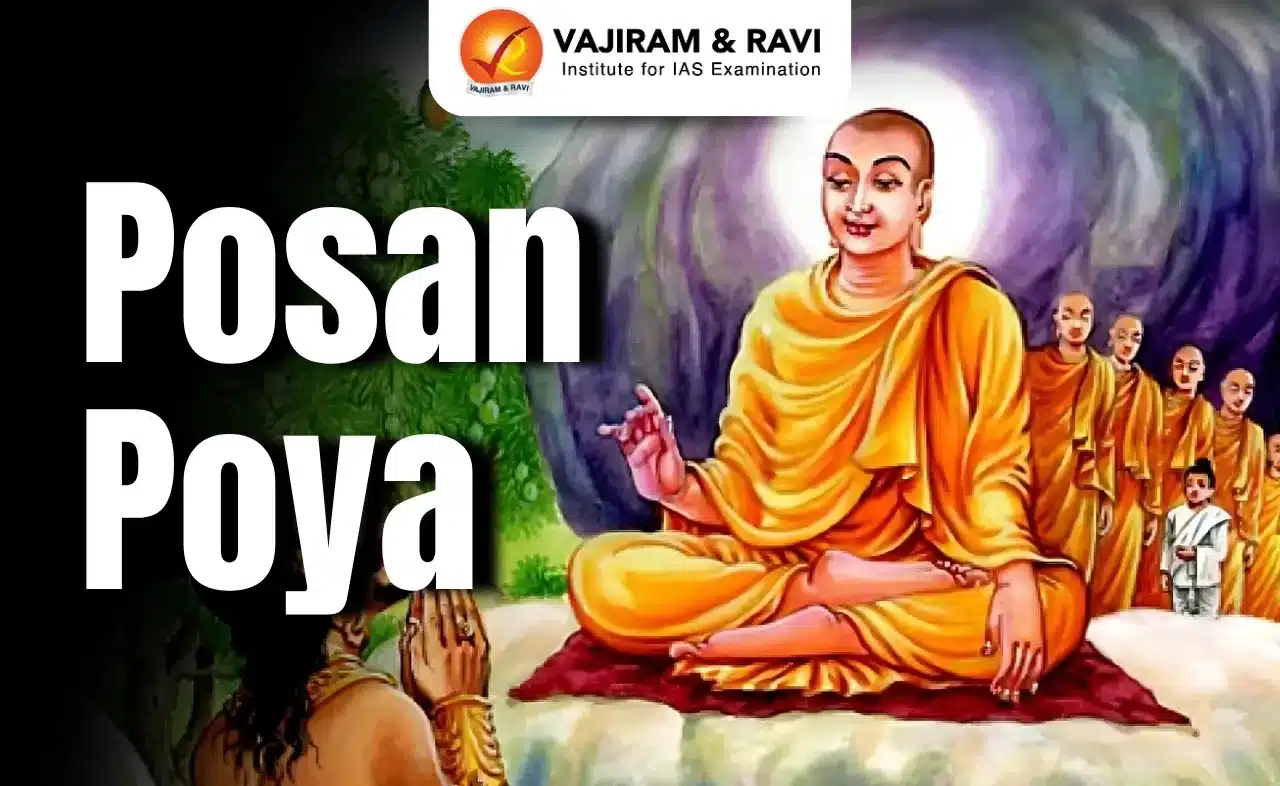About Dhokra Shilpkala
- The word “Dhokra” is believed to be derived from the Dhokra Damar tribes, who are the traditional metal smiths of Central India.
- The origins of Dhokra Shilpkala can be traced back to the tribal communities residing in the regions of Chhattisgarh, Jharkhand, West Bengal, and Odisha, where it evolved as an integral part of their cultural and religious practices.
- Technique and Process: What sets Dhokra Shilpkala apart is its remarkable technique of metal casting, which involves using the lost wax casting method, also known as cire perdue.
- Artistry and Designs:
- Its design has rustic charm and the organic nature of its designs.
- Artisans draw inspiration from nature, mythology, and everyday life, incorporating motifs such as animals, birds, deities, and tribal symbols into their creations.
- From miniature figurines and jewelry to larger-than-life sculptures and functional objects, Dhokra Shilpkala encompasses a wide range of artistic expressions.
- Issues: The rapid pace of urbanization, coupled with the rise of mechanized production techniques, has threatened the livelihoods of traditional artisans and endangered this ancient craft.
What is Lost wax method?
- The process begins with the creation of a clay core, which serves as the base for the final metal sculpture.
- Artisans then coat this clay core with a layer of beeswax, meticulously sculpting the intricate designs and patterns by hand.
- Once the wax model is complete, it is covered with layers of clay, forming a mold around the wax pattern.
- The entire structure is then heated, allowing the wax to melt and drain out, leaving behind a cavity in the shape of the original sculpture.
- Molten metal, typically a combination of brass and bronze, is poured into this cavity, filling the space left by the melted wax.
- After cooling and solidifying, the clay mold is broken away, revealing the final metal casting.
Q1) How does metal casting work?
Metal casting is a manufacturing process that involves pouring molten metal into a mold to create a 3D metal piece. Once the metal and the mold have both cooled, the metal object is extracted,
Last updated on June, 2025
→ UPSC Notification 2025 was released on 22nd January 2025.
→ UPSC Prelims Result 2025 will be out soon for the CSE held on 25 May 2025.
→ UPSC Prelims Question Paper 2025 and Unofficial Prelims Answer Key 2025 are available now.
→ UPSC Calendar 2026 is released on 15th May, 2025.
→ The UPSC Vacancy 2025 were released 1129, out of which 979 were for UPSC CSE and remaining 150 are for UPSC IFoS.
→ UPSC Mains 2025 will be conducted on 22nd August 2025.
→ UPSC Prelims 2026 will be conducted on 24th May, 2026 & UPSC Mains 2026 will be conducted on 21st August 2026.
→ The UPSC Selection Process is of 3 stages-Prelims, Mains and Interview.
→ UPSC Result 2024 is released with latest UPSC Marksheet 2024. Check Now!
→ UPSC Toppers List 2024 is released now. Shakti Dubey is UPSC AIR 1 2024 Topper.
→ Also check Best IAS Coaching in Delhi





















